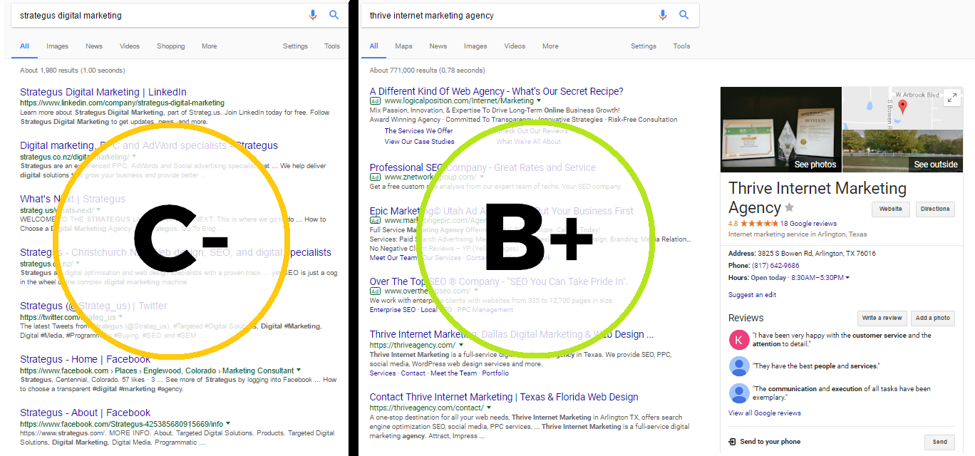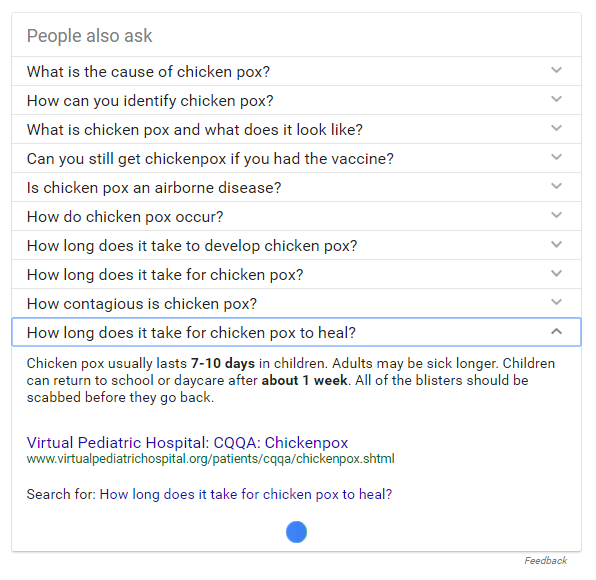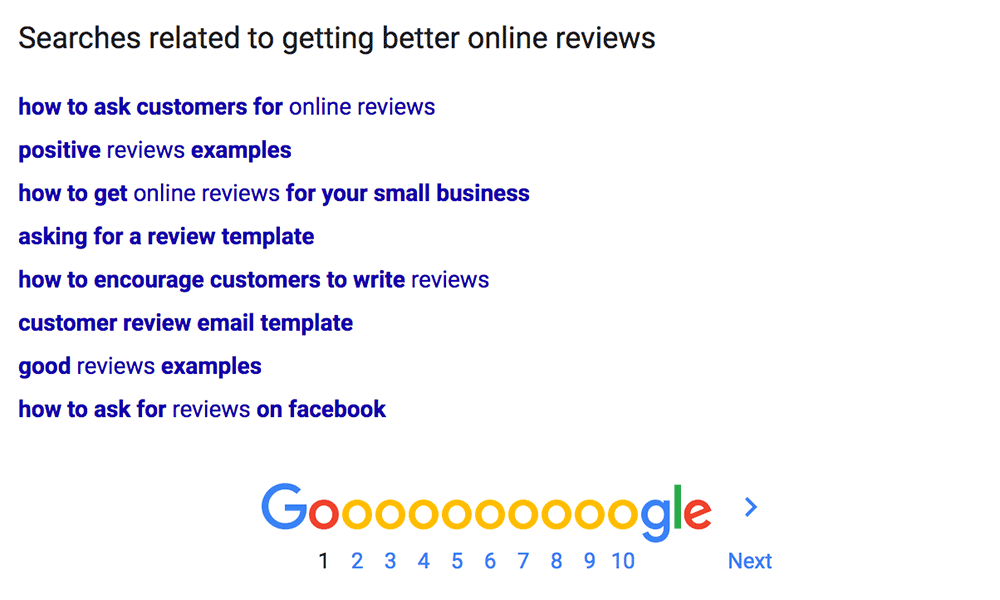Running An Online Reputation Audit for Your Brand
A reputation audit is essential to understand how stakeholders see a company when researching it online. Buyers do more business with companies with a positive brand image, with 64% of buyers willing to pay a premium for brands they feel connected to. Conducting a timely reputation audit is essential to ensure your brand remains in the buyer’s good books.This article will explore the importance of a reputation audit, the key elements to evaluate, common pitfalls to avoid, and steps to conduct a comprehensive reputation audit for your organization.
Understanding Brand Messaging vs. Brand Reputation
Before delving into the reputation audit process, let’s distinguish between brand messaging and brand reputation.Brand messaging refers to the deliberate language, visual imagery, and actions used by a business to showcase its differentiated values.On the other hand, brand reputation is the image of the business that exists in buyers’ minds based on what they hear, see, and experience.While the business can control brand messaging, brand reputation is influenced by factors such as customer reviews and market conversation, which are beyond the business’s control.
The Three Key Elements of Brand Reputation
A business’s brand reputation stands on three main elements: resonance, differentiation, and credibility. During a reputation audit, evaluating these elements can help a business understand if its brand reputation aligns with its intended message.
1. Resonance
Resonance refers to how well a business’s brand values align with what buyers seek. Ideally, that’s a perfect one-to-one ratio. Businesses need to ensure that the promises made through their brand messaging resonate with the needs and desires of their target audience. Conducting customer surveys and gathering feedback from current and past customers can provide valuable insights into whether brand values align with customer perceptions. By listening to their language and feedback, businesses can identify gaps and realign their brand messaging accordingly.
2. Differentiation
Differentiation is the ability of a brand to stand out and be recognized amidst competition. For example, think of the difference between Google and Bing. How are they different in your mind? Why do you use one more than the other?With only one in four stakeholders able to discern differences between competing brands, businesses must find ways to differentiate themselves in the marketplace.Conducting brand recall surveys can help assess the brand’s visibility and recognition. By asking questions like “Do you know about our company?” and “What comes to mind when you think of our company?” businesses can gauge how well their brand stands out and identify areas for improvement in their messaging.
3. Credibility
Credibility is perhaps the most challenging element of brand reputation to evaluate as it relies on how buyers perceive the brand, and this is reflected most in the brand’s online reputation. Online reviews and opinions from industry peers significantly shape a business’s credibility, especially in industries like software, where buyer reliance on user reviews is high.Businesses can evaluate their credibility by analyzing reviews on third-party websites and social media platforms. Identifying gaps in market credibility can help businesses prioritize building trust and showcasing positive reviews as social proof of their value.
Online reviews and opinions from industry peers significantly shape a business’s credibility, especially in industries like software, where buyer reliance on user reviews is high.Businesses can evaluate their credibility by analyzing reviews on third-party websites and social media platforms. Identifying gaps in market credibility can help businesses prioritize building trust and showcasing positive reviews as social proof of their value.
Brand Reputation Pitfalls to Avoid
During a reputation audit, be aware of common pitfalls that can hinder the message of a positive brand image. By avoiding these pitfalls, businesses can better align their brand reputation with their intended message.
1. Not Focusing on Customer Benefits
Businesses need to highlight the tangible benefits their products or services bring to customers rather than solely focusing on values and aspirations. Incorporating the specific benefits customers receive into the brand messaging can help create a stronger connection with the target audience.By asking questions like “What are the tangible benefits buyers get?” and “How can we highlight these benefits?”, businesses can ensure their brand reputation centers on customer satisfaction.
2. Ineffective Employee Communication
Employees play an outsized role in shaping a brand’s reputation. Have you ever had a bad experience with a waiter at a restaurant? Perhaps the waiter was just having a bad day, but it almost certainly affected how you think of the restaurant moving forward.Involving employees in the brand rollout and ensuring they understand the brand messaging can turn them into brand advocates. Effective internal communication and feedback surveys can help identify gaps in employees’ understanding of the brand and enable businesses to align their messaging across all touchpoints.
Steps to Conduct a Reputation Audit
Now that we understand the importance of a reputation audit and the key elements to evaluate, let’s jump right in and explore the steps involved in conducting a comprehensive reputation audit for your organization.
1. Define Your Objectives
Before diving into the audit process, clearly define your objectives; what are you trying to achieve with your audit? For instance, your objectives might include identifying gaps in brand messaging, how reviews affect opportunities (and opportunity loss), evaluating customer perception generally, or addressing specific reputation issues that you already know about.
2. Conduct a Thorough Inventory
Begin the audit by assembling a comprehensive inventory of the information available about your organization. This includes online sources, social media platforms, review sites, blog posts about the brand, news articles, white papers, and other relevant sources. This inventory will provide a holistic view of your brand’s reputation as perceived by potential stakeholders and other key audiences.
3. Evaluate Perception vs. Reality
How you want to appear and actually appear is often out of sync. But by how much?Compare the perception of your brand with the reality by conducting a rigorous, fact-based investigation of your brand, as well as that of competitors. This step helps ensure that the information available about your brand is accurate and aligned with the reality of your organization. It also helps you level-set against similar organizations to yours.
Understand the story search engines tell about your brand
Search results are like the same story told by different storytellers. If you search three different branded phrases – for instance, your brand name, appended with -reviews, -careers, and -services, you might discover three entirely different results pages.Each page tells a variation of the story about your company. You may learn that your business ranks in the top spots for one of these searches, but a search for “careers” reveals former employees blasting you on Glassdoor. Low Glassdoor ratings could be keeping you from attracting the best possible talent.A search result audit that looks at the sentiment, level of search result control, reviews, and more is the first step in an effective brand reputation program.
Use “People Also Ask” to understand user intent
Many searches will include the “People also ask” section. It’s valuable to companies because it reveals the search intent of prospective customers. These often come up in “non-branded” (non-branded searches mean there is no brand name in the search phrase the searcher uses) search queries. Still, more well-known businesses can come up even for branded searches when someone is looking for information on a particular company. In short, the search result audit provides real data about what your customers want to know, which empowers you to meet their needs directly.
In short, the search result audit provides real data about what your customers want to know, which empowers you to meet their needs directly.
Use related searches for reputation keyword research
Another section of search results you can often use is the Related Searches section at the bottom of a search result page. The example below shows the searches people also perform when looking for information about Reputation X.
4. Bridge the Gap
Identify any gaps between the perception and reality of your brand and develop strategies to bridge these gaps. If there are negative reviews or misconceptions about your brand, take proactive steps to address them and provide accurate information to counter misinformation. This may involve engaging with customers, having Wikipedia editors update your Wikipedia article if you have one, responding to both negative and positive reviews, and sharing positive stories and testimonials.
5. Develop a Corporate Governance Plan
As part of the reputation audit, evaluate your organization’s corporate governance practices and identify any gaps or areas for improvement. A robust corporate governance plan helps ensure transparency, ethical practices, and compliance with regulations, ultimately enhancing your brand’s reputation.
6. Partner with Advisors
If necessary, collaborate with legal and/or reputation advisors to support online reputation management campaigns, defamation suits, or other actions to remove false or damaging information about your brand and promote positive content about it.
About the author
Kent Campbell is the chief strategist for Reputation X, an award-winning online reputation management agency. He has over 15 years of experience with SEO, Wikipedia editing, review management, and online reputation strategy. Kent has helped celebrities, leaders, executives, and marketing professionals improve their online appearance. Kent writes about reputation, SEO, Wikipedia, and PR-related topics and is an expert witness for reputation-related legal matters.
